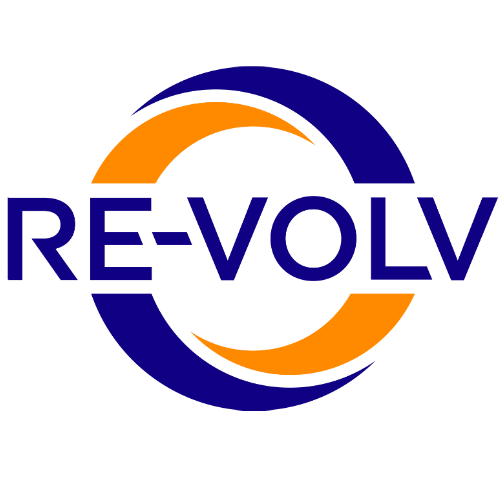A Deep Dive into the Benefits of Community Solar
Community solar enables homeowners, small businesses, organizations, municipalities, and others to receive a credit on their electricity bills for the energy produced from their portion of the solar array, offsetting their electricity costs. This is another way to invest in solar power without having solar panels put up on your home. Subscribers of the community solar program will receive a portion of the earnings generated by the solar panels, typically in the form of electricity bill savings. Interestingly enough, there is enough solar power in the United States to power 19 million households, but currently 600,000 households in America can be powered by the community solar model. Fortunately, going solar will be worth your time, especially when the Biden-Harris administration launches initiatives for lower electricity bills, quality jobs, and reliable clean energy. With this being said, it is also the aim of the Department of Energy to provide power to 5 million homes with 20% savings on their electricity bills by 2025. This is an encouraging indication that the community solar model could make a much bigger impact over the next few years.

Community Solar Ownership vs. Community Solar Subscription
Installation cost, electricity cost, maintenance cost, tax credits and incentives, and availability are important factors to consider when investing in community solar. If you decide to own a portion of the community solar system, installation and material costs are your responsibility, but electricity generated by your solar panels is free for you to use. When you are subscribing to the system, you do not have to pay for installation or the material cost of the solar panels, but you would pay the agreed-upon rate for the electricity you use. Another factor that distinguishes the difference between a community solar owner and a subscriber is the fact that an owner will benefit from the recent 30% Federal Tax Credit and Solar Renewable Energy Credits since they own a portion of the system, while a subscriber would not obtain those same benefits. One thing these owners and subscribers do have in common is that community solar is not available in every state. Here is a list of states with community solar enabling legislation Even though community solar is becoming more prevalent, it is still not available everywhere.

Low-cost energy
The U.S. Department of Energy (DOE) is collaborating with the U.S. Department of Health & Human Services (HHS) to support families through the Low-Income Home Energy Assistance Program (LIHEAP). The Low-Income Home Energy Assistance Programs aim to support the repair of cooling and heating systems for eligible families and pay for portions of their electricity and weatherization bills. This program is currently available in New Mexico, New York, Illinois, Colorado, New Jersey, and Washington, D.C.
Leverage existing funding to expand access to solar
According to the official US Government Spending website, the Department of Defense has a staggering $1.01 trillion in budgetary resources, with $318 billion committed to spending in 2023 alone. When compared to the budgetary resources of the DOE, you will see $115 billion in budgetary resources, with $9.8 billion committed to spending in 2023. What we can interpret from such a huge budget in military spending is that this can be redirected to other departments that would contribute to better living conditions and education for all in America and even across the world. Redirecting even five percent of the funds from the DOD would provide the funds needed for key infrastructure. This type of redistribution would have a dramatic effect on the economy, particularly in areas that have been historically neglected due to a lack of adequate funding.
Quality jobs
The DOE intends to expand access to clean energy sector jobs with equitable wages, benefits, and career pathways. President Biden's Bipartisan Infrastructure Law awarded the Department of Energy $10 million to develop work programs. "Advancing Equity Through Workforce Partnerships" is the name given to the opportunity. The DOE predicts that in order to meet its decarbonization objectives by 2035, the solar industry will need to expand from its current 300,000 employees to between 500,000 and 1,500,000 employees. They want to employ people from all backgrounds and give them access to union benefits. The program will also include community-led training, apprenticeship readiness, apprenticeship partnerships, and partnerships with the clean energy sector.

Economic Impact
It is predicted that utilizing the community solar subscription model will help save $1 billion in energy bills by 2025. The LIHEAP program intends to lower electricity bills for low-income communities, build investor confidence in low-income subscribers, expand the community solar market, and create clean energy jobs that will be needed throughout the growth of this renewable energy source. The economic impact of this program will be significant in the upcoming years, providing solar power to all.
